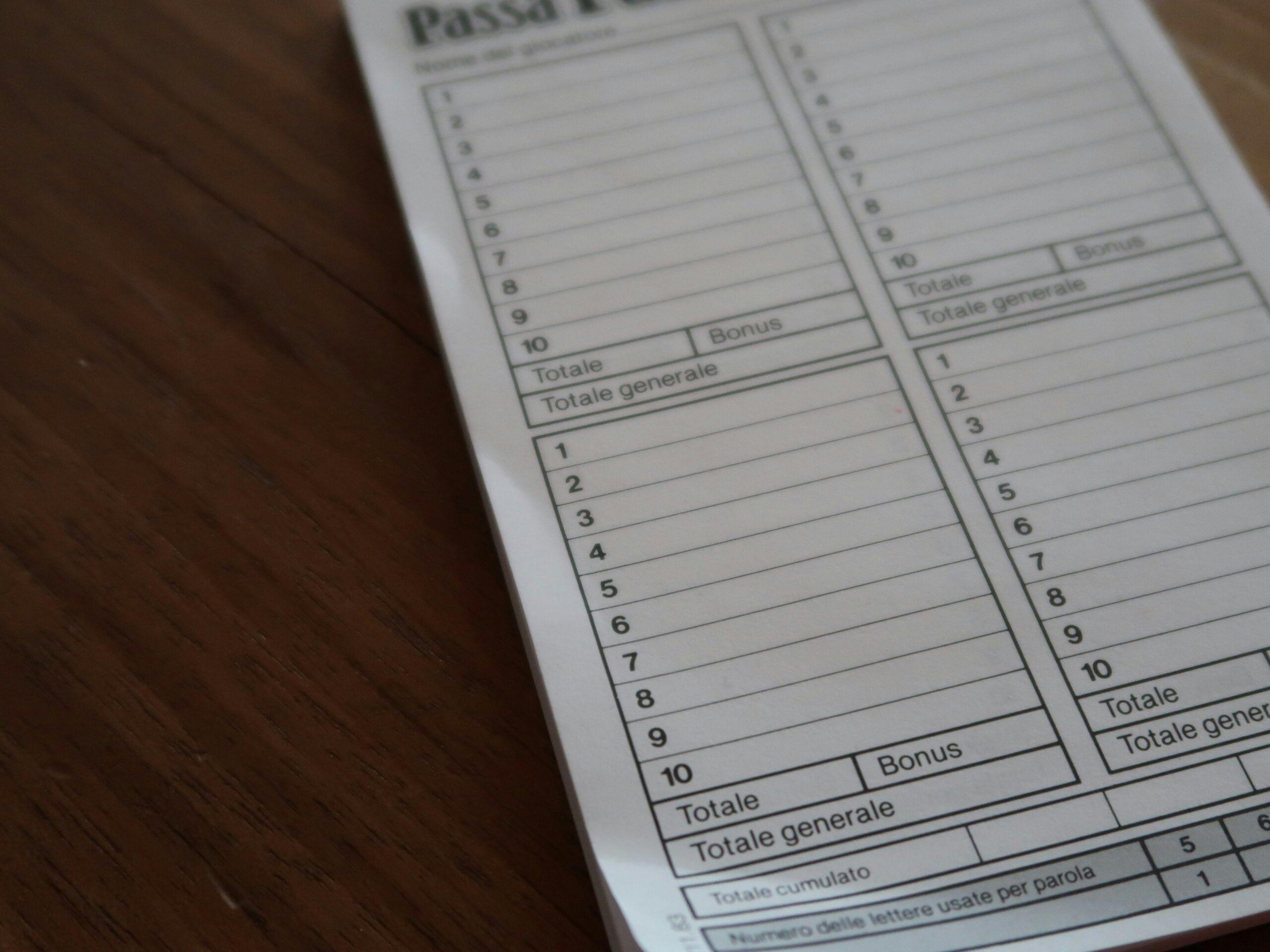“Ever spent hours filling out a loan deferment application only to hit a brick wall of confusion? Yeah, us too.”
If you’re navigating the labyrinth of personal finance, you already know how tricky it can be. But when it comes to loan deferment, even seasoned pros get tripped up. Whether you’re juggling credit card debt or insurance premiums during tough times, understanding the process is crucial.
In this guide, we’ll unravel the mysteries behind “Application FAQs” related to loan deferment. By the end, you’ll understand:
- How loan deferment works across credit cards and insurance
- Step-by-step instructions for submitting your application
- Tips to avoid common pitfalls (plus one hilariously bad tip)
- Real-life examples that prove success is possible
Table of Contents
- Key Takeaways
- Understanding Loan Deferment: Why It Matters
- Step-by-Step Guide to Applying for Loan Deferment
- Pro Tips & Best Practices
- Real-Life Success Stories
- Loan Deferment Application FAQs
- Conclusion
Key Takeaways
- Loan deferment allows temporary relief from payments but may come with interest accrual.
- Creditors and insurers often require specific documentation for approval.
- Frequent mistakes include incomplete forms, missed deadlines, and unclear communication.
- Real-world case studies show persistence pays off—literally.
Understanding Loan Deferment: Why It Matters

Picture this: You’ve just been furloughed, and those pesky credit card bills are piling up faster than dirty laundry. Meanwhile, your car insurance renewal notice stares back at you like an unsolved math problem. Enter loan deferment—a financial lifeline many overlook until they desperately need it.
According to recent data, over 40% of Americans struggle with mounting debts during economic downturns. That’s why knowing how to apply for deferment isn’t just smart; it’s survival mode. Yet, most applications go wrong because people don’t read the fine print—or worse—don’t ask questions at all.
Confessional Fail: I once forgot to attach proof of unemployment to my deferment application. Spoiler alert: They rejected it instantly. Lesson learned? Always double-check.
Step-by-Step Guide to Applying for Loan Deferment
Optimist You:
“It’s easy if you follow these steps!”
Grumpy You:
“Ugh, fine—but only if coffee’s involved.”
Let’s break it down so you’re not stuck making endless calls or staring blankly at forms.
Step 1: Research Your Options
Not all creditors offer deferment programs, so start by contacting them directly. Use phrases like “deferment options” or “payment assistance” to sound savvy.
Step 2: Gather Documentation
You’ll likely need:
- Proof of income loss (pay stubs, termination letter)
- A detailed budget outlining expenses
- Your account information (account number, balance)
Step 3: Fill Out the Form Correctly
This step seems obvious, right? Wrong. Many applicants miss fields, use outdated forms, or forget signatures. Read everything twice before hitting submit.
Step 4: Follow Up Like a Hawk
Don’t assume silence means approval. Send polite reminders every week until you hear something concrete.
Pro Tips & Best Practices

- Tip #1: Keep records of all communications (emails, letters, screenshots).
- Tip #2: Negotiate terms upfront, especially regarding interest rates on deferred payments.
- Terrible Tip Disclaimer: Never lie about your financial situation—it’s fraud and could tank your credit score.
Rant Section: Can we talk about how some websites bury their deferment forms under layers of links? UGH. Make it easy, please!
Real-Life Success Stories
Jane Doe was drowning in $15k of credit card debt while recovering from surgery. After researching her issuer’s deferment policy and filing a meticulous application, she secured six months of reduced payments. The result? She saved nearly $1,200 in interest fees alone.
Loan Deferment Application FAQs
Q1: What qualifies me for loan deferment?
A1: Qualifications vary but typically include financial hardship due to unemployment, medical emergencies, or natural disasters.
Q2: Will deferment hurt my credit score?
A2: No, as long as payments are reported accurately, it shouldn’t impact your score negatively.
Q3: How long does the process take?
A3: Approval usually takes 2–4 weeks, depending on the creditor and completeness of your submission.
Q4: Are there alternatives to deferment?
A4: Yes—consider forbearance, refinancing, or debt consolidation.
Conclusion
Navigating the world of loan deferment doesn’t have to feel like deciphering ancient runes. Armed with the knowledge from this guide—including answers to vital “Application FAQs“—you’re ready to tackle the process head-on.
Remember, patience and attention to detail are key. Now go forth, armed with spreadsheets and determination. Oh, and maybe bookmark this page—you never know when another unexpected expense will pop up.
Haiku Time:
Deferment’s sweet pause,
Like pausing Tetris mid-game,
Breathes life into chaos.


